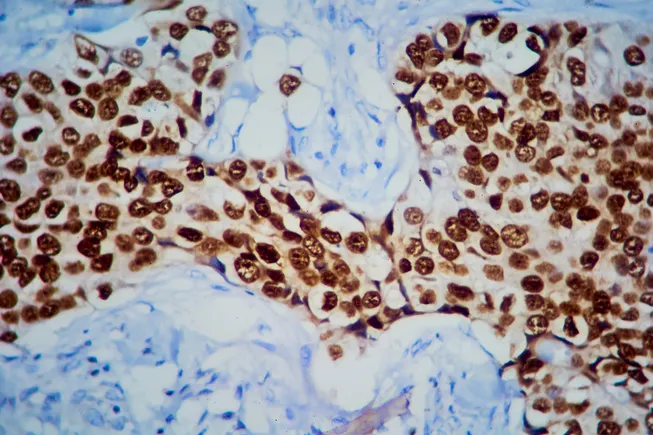Temperature‐Dependent Charge‐Carrier Dynamics in Lead‐Halide Perovskites: Indications for Dynamic Disorder Dominated Scattering Mechanism
Advanced Energy Materials, Volume 15, Issue 20, May 27, 2025.

The mobility of charge carriers in a material is limited by various scattering mechanisms, which are highly temperature-dependent. In lead-halide perovskites, this study identifies two distinct scattering regimes that are independent of composition. Notably, the dominant scattering mechanism which emerges just below room temperature significantly impacts key charge carrier properties, including charge carrier trapping.
Abstract
Lead-halide perovskites have emerged as a promising material class in light-harvesting and light-emitting applications due to their exceptional semiconductor properties. Nonetheless, crucial semiconducting properties such as the charge carrier scattering mechanism and its impact on recombination dynamics are not well studied. Here, five different lead-halide perovskite compositions are systematically examined to determine their temperature-dependent mobility, and the prevalent scattering mechanisms involved are identified. Dynamic disorder is proposed to be the predominant scattering mechanism at room temperature and above, as evidenced by a change in the power-law Tm . Notably, the onset temperature for this behavior varies with the perovskite composition. Additionally, it is found that this scattering process coincides with changes in fast-trapping behavior in MAPbI3 perovskite, which in turn alters recombination dynamics such as carrier lifetime and diffusion length. These results suggest that this scattering mechanism contributes to the defect tolerance of perovskites, providing valuable insights for further investigations.











































































































































